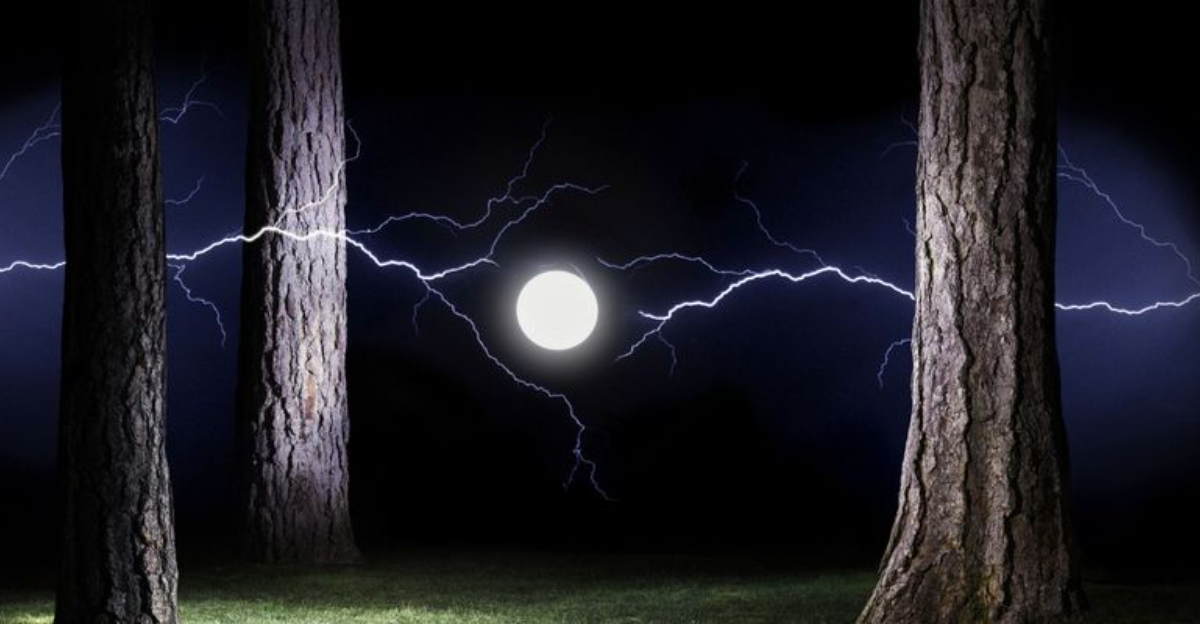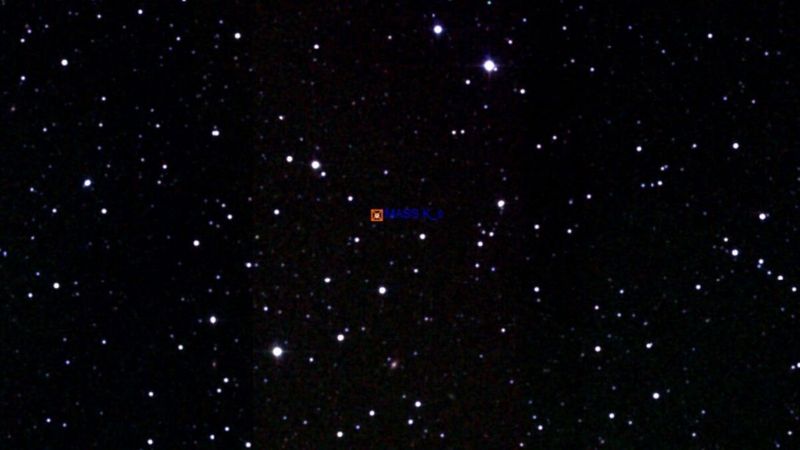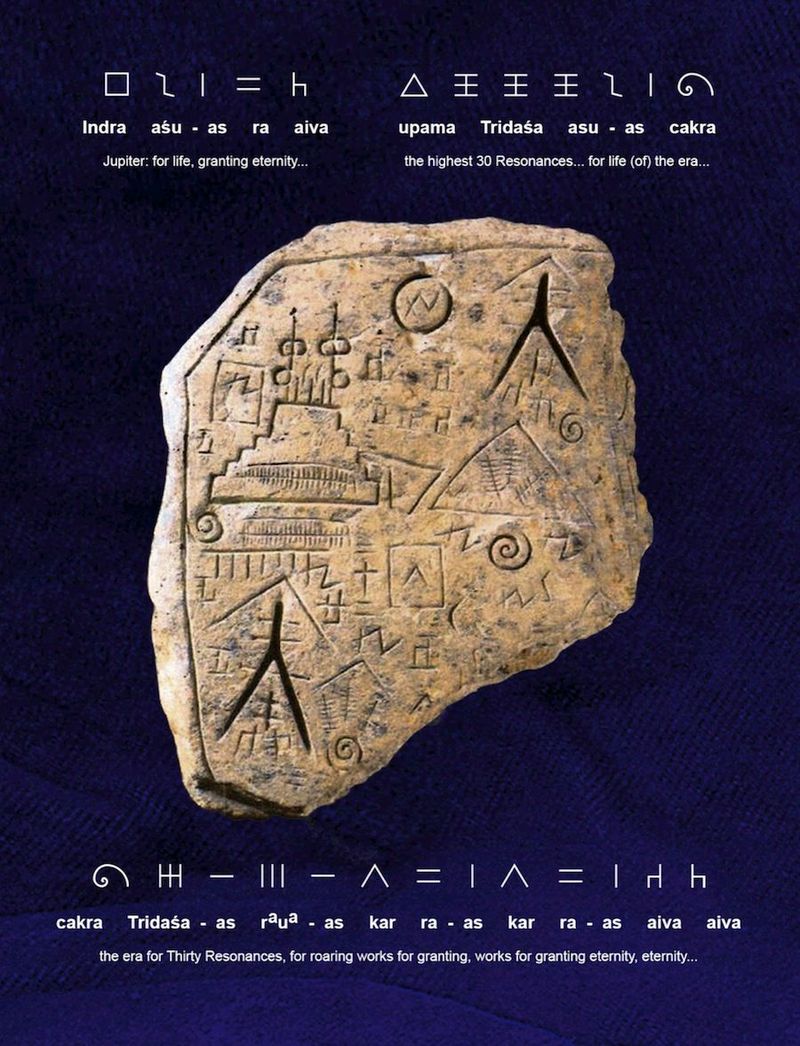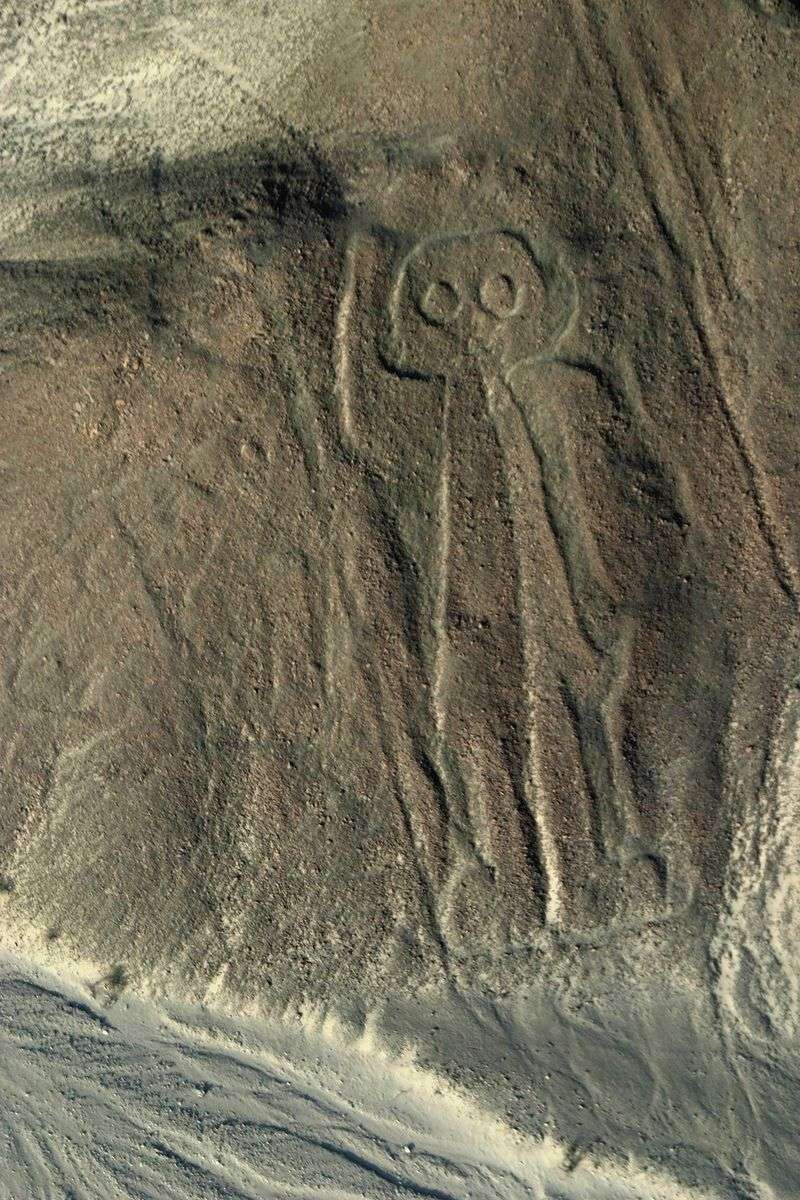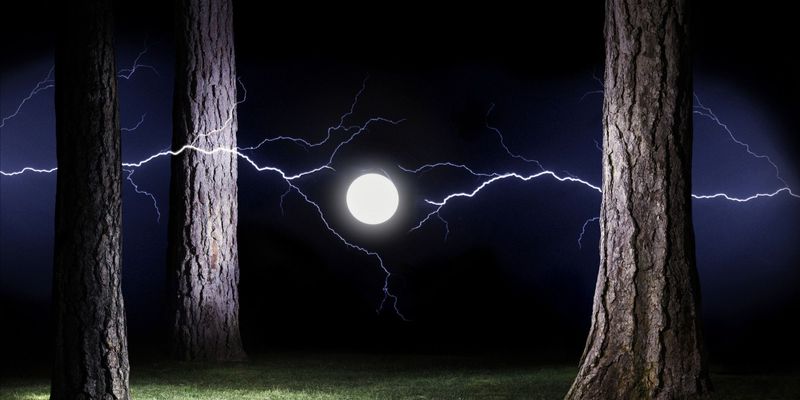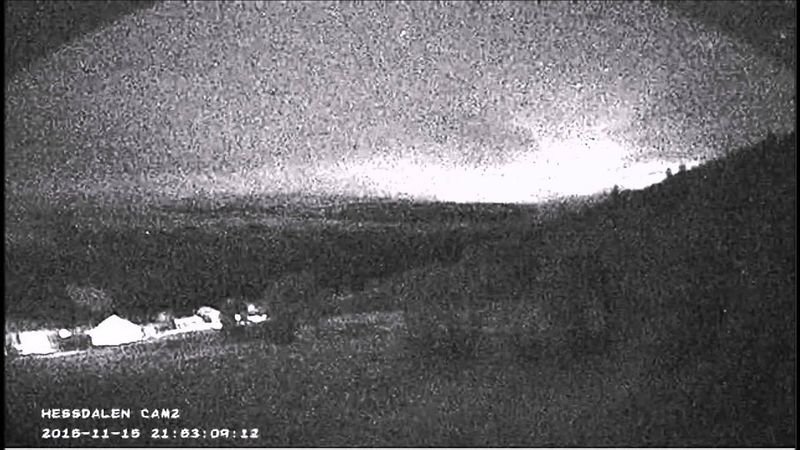Science has always been a frontier for exploration and understanding, but there remain mysteries that even the sharpest minds have yet to unravel. This blog post delves into 15 incredible discoveries that still puzzle scientists. From ancient artifacts to natural phenomena, these enigmas challenge our understanding of the world and invite us to wonder what lies beyond our current knowledge. Each of these discoveries not only captures the imagination but also spurs ongoing research and debate within the scientific community. Join us as we explore these fascinating unresolved mysteries.
Voynich Manuscript
The Voynich Manuscript is a mysterious book written in an unknown script and filled with bizarre illustrations. Found in the early 20th century, it has been studied by cryptographers and linguists, but its origins and meaning remain elusive. Some believe it to be an elaborate hoax, while others think it holds secrets of lost knowledge. Its pages contain strange plants and astronomical diagrams, adding to its allure. Despite numerous attempts, the manuscript remains undeciphered, leaving scholars intrigued and puzzled. Could it be a forgotten language, or simply a whimsical creation? The mystery continues to captivate and baffle.
Antikythera Mechanism
Discovered in a shipwreck off the coast of Greece, the Antikythera Mechanism is an ancient mechanical device that has baffled scientists. Dating back to around 100 BC, it is often considered the world’s first analog computer, designed to predict astronomical positions and eclipses. Its intricate gears and dials suggest advanced knowledge, yet similar technology was not seen again for over a thousand years. How this level of sophistication was achieved remains a puzzle. Scholars continue to study its construction and purpose, hoping to uncover the secrets of ancient Greek engineering. This enigmatic device challenges our historical understanding.
The Wow! Signal
In 1977, a radio telescope at Ohio State University detected a strong narrowband radio signal from space that lasted 72 seconds. Dubbed the “Wow! Signal,” its origin remains unknown, sparking debates about extraterrestrial intelligence. The signal was never repeated, leaving scientists without clues. Some suggest cosmic phenomena such as quasars or colliding stars, while others hope it was an alien attempt at contact. Without further evidence, the source of the Wow! Signal remains an open question, fueling both scientific inquiry and public imagination. The quest to understand its origin is a reminder of our place in the universe.
The Taos Hum
The Taos Hum is an unexplained phenomenon reported in the small town of Taos, New Mexico, where residents have heard a persistent low-frequency noise since the early 1990s. Despite investigations, the source of the hum remains unidentified. Could it be industrial equipment, or perhaps a natural geological occurrence? Theories abound, including psychological explanations suggesting that the hum is a collective hallucination. Efforts to pinpoint its origin have been unsuccessful, leaving scientists and locals perplexed. The hum continues to intrigue those who hear it, a subtle reminder of the mysteries that exist in the world around us.
Dark Matter
Dark matter is one of the universe’s greatest mysteries, making up about 27% of its mass, yet it remains invisible and undetectable by current instruments. Scientists believe it exists due to its gravitational effects on visible matter like galaxies and stars. Despite extensive research, its composition and properties are unknown. Some suggest new particle physics, while others propose modifications to existing theories. Understanding dark matter could revolutionize our comprehension of the cosmos. The pursuit to unravel this enigma continues, with researchers worldwide dedicated to uncovering what dark matter truly is. Until then, it remains a cosmic mystery.
Stone Spheres of Costa Rica
Scattered across the Diquís Delta in Costa Rica are hundreds of mysterious stone spheres, some weighing up to 15 tons, dating back to pre-Columbian times. The purpose and method of creation of these nearly perfect spheres remain unknown. Were they symbols of status, or did they serve a more practical purpose? Theories abound, but no definitive answers have emerged. Some suggest they were used for astronomical alignments, while others believe they were part of ancient rituals. Despite being studied for decades, these enigmatic artifacts continue to puzzle archaeologists and inspire wonder about the skills of ancient civilizations.
Sailing Stones of Death Valley
In California’s Death Valley, heavy stones mysteriously move across the dry lake bed, leaving long trails behind them. Known as the sailing stones, this phenomenon has baffled scientists for years. It wasn’t until recent technological advances that researchers could track their movement, revealing that a combination of ice formation and wind is likely responsible. Yet, the exact conditions that allow these stones to ‘sail’ are still not fully understood. The peculiar sight of rocks seemingly moving on their own continues to intrigue visitors, offering a unique glimpse into the complex interactions between natural forces and the environment.
The Baghdad Battery
The Baghdad Battery, discovered in Iraq in the 1930s, is a set of ancient clay jars with copper and iron components, resembling a galvanic cell. Dating back to the Parthian period, its purpose remains a subject of debate. Some suggest it was used for electroplating, while others believe it had a religious or medicinal function. The idea that ancient civilizations had electrical knowledge is captivating, yet controversial. Despite various experiments, no consensus has been reached on its use. The battery exemplifies the creativity of early inventors and continues to spark curiosity about ancient technological advancements.
Yonaguni Monument
Off the coast of Yonaguni, Japan, lies a submerged rock formation that resembles a series of steps and terraces. Known as the Yonaguni Monument, it has sparked debates over whether it is man-made or a natural formation. If human-made, it could date back over 10,000 years, potentially rewriting history. Some argue it’s a natural geological phenomenon shaped by ocean currents. Divers and researchers continue to explore the site, searching for signs of ancient civilization. The monument remains a captivating mystery, challenging our understanding of prehistoric cultures and their capabilities. Its true nature is yet to be determined.
The Nazca Lines
Etched into the arid plains of southern Peru, the Nazca Lines are massive geoglyphs depicting animals, plants, and geometric shapes. Created by the Nazca culture between 500 BCE and 500 CE, their purpose remains uncertain. Some theories suggest they were astronomical calendars, while others propose religious or ceremonial functions. The scale and precision of these lines are astonishing, especially considering their creation without modern technology. Despite numerous studies, the true reason behind their construction is still debated. The Nazca Lines continue to fascinate, offering a glimpse into the ingenuity and creativity of ancient cultures.
Ball Lightning
Ball lightning is a rare atmospheric phenomenon involving glowing, spherical objects that appear during thunderstorms. Despite being reported for centuries, its cause and nature remain poorly understood. Witnesses describe it as floating silently or exploding with a loud bang, sometimes causing damage. Various hypotheses have been proposed, including plasma formations and chemical reactions, yet none fully explain all observed characteristics. Scientific experiments have struggled to replicate ball lightning, leaving it an enigmatic topic within meteorology. The pursuit to understand this puzzling electrical occurrence continues, as researchers seek to unveil the secrets of this elusive natural wonder.
The Bloop
The Bloop is a mysterious underwater sound detected by NOAA in 1997, originating from the South Pacific Ocean. Its volume and frequency suggested a biological source far larger than any known sea creature, leading to speculation about undiscovered marine life. Some propose it was caused by shifting ice, but the exact origin remains a mystery. Despite extensive monitoring, the sound has not been detected again, adding to its intrigue. The Bloop highlights the mysteries of the deep sea and our limited understanding of oceanic phenomena. Its story continues to captivate, inviting both scientific study and imaginative speculation.
Piri Reis Map
The Piri Reis Map, drawn in 1513 by the Ottoman admiral Piri Reis, is an early world map that has puzzled historians for its depiction of the Antarctic coast without ice. This detail, along with accurate representations of other continents, suggests knowledge not available at the time. Some theorists propose ancient civilizations had advanced mapping techniques, while others believe it was based on older maps now lost. The map challenges conventional historical understanding and invites questions about early cartographic knowledge. Regardless of its origins, the Piri Reis Map remains a captivating artifact of exploration and discovery.
Placebo Effect
The placebo effect is a fascinating psychological phenomenon where patients experience real improvements in health despite receiving inactive treatments. This effect has puzzled scientists and clinicians, as it challenges our understanding of medical interventions and patient perception. Some suggest it’s the power of belief and expectation, while others explore neurobiological explanations. The placebo effect’s influence can be profound, impacting clinical trials and treatment efficacy. Attempts to harness its potential continue, yet its mechanisms remain elusive. The phenomenon serves as a reminder of the complex interplay between mind and body, inviting further exploration into human consciousness and healing.
Hessdalen Lights
The Hessdalen Lights are unexplained aerial phenomena observed in a valley in central Norway. These lights appear as glowing orbs, often floating and moving in unpredictable patterns. Since the 1980s, they have sparked curiosity and scientific investigation. Various theories have been proposed, including plasma formations, atmospheric gases, and even extraterrestrial activity. Despite numerous studies, no definitive explanation has been found. The lights continue to draw researchers and tourists alike, intrigued by their beauty and mystery. Hessdalen remains a hotbed for unexplained phenomena, offering a tantalizing glimpse into the unknown forces at play in our environment.
